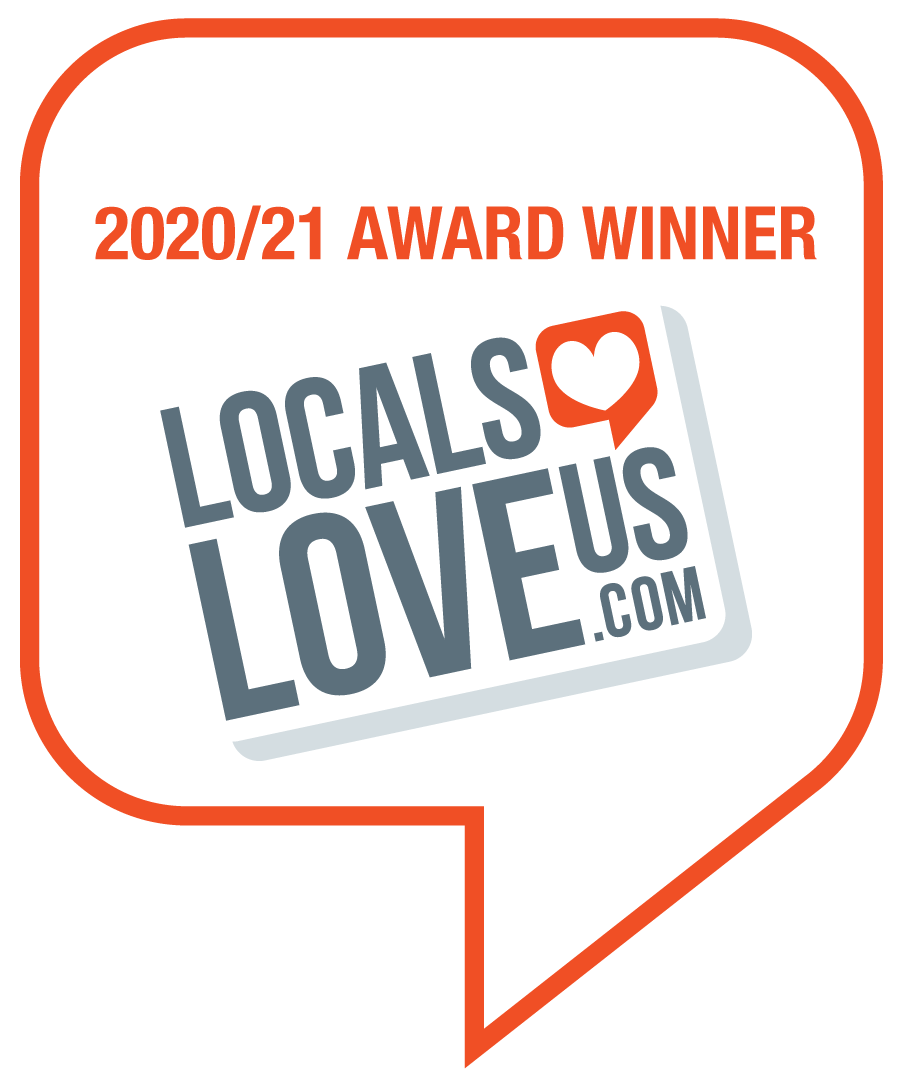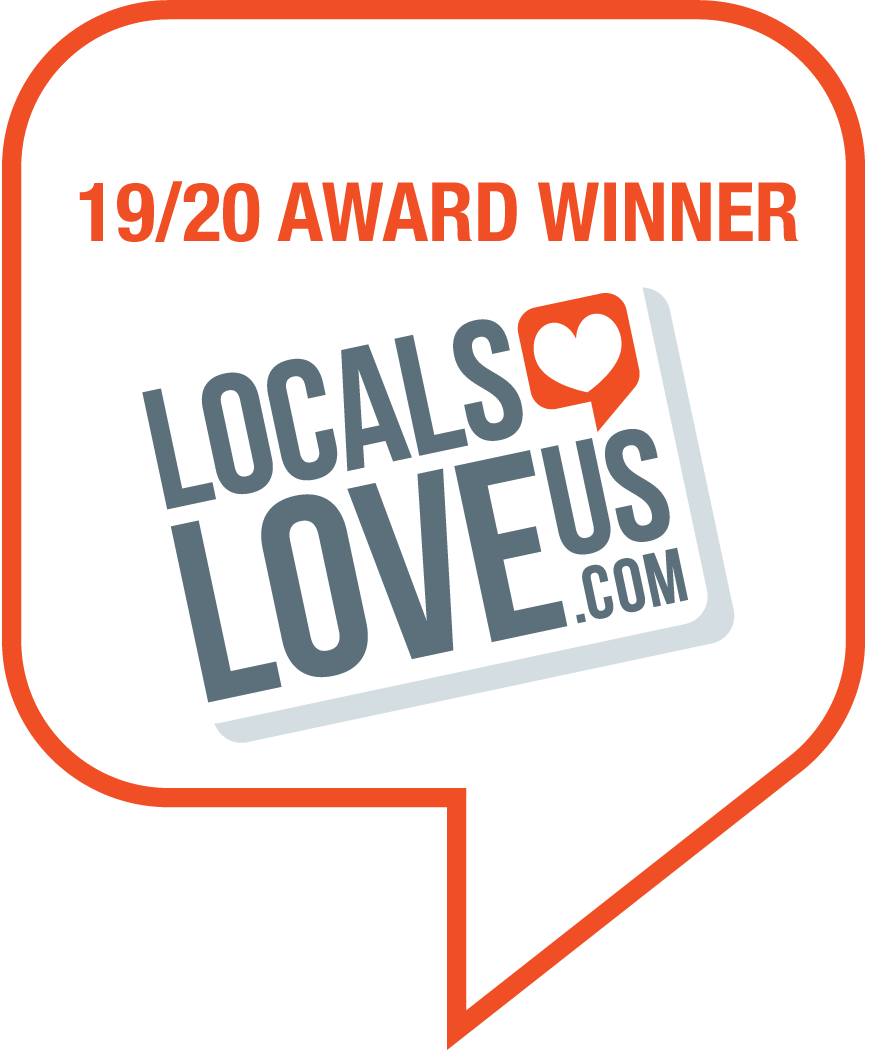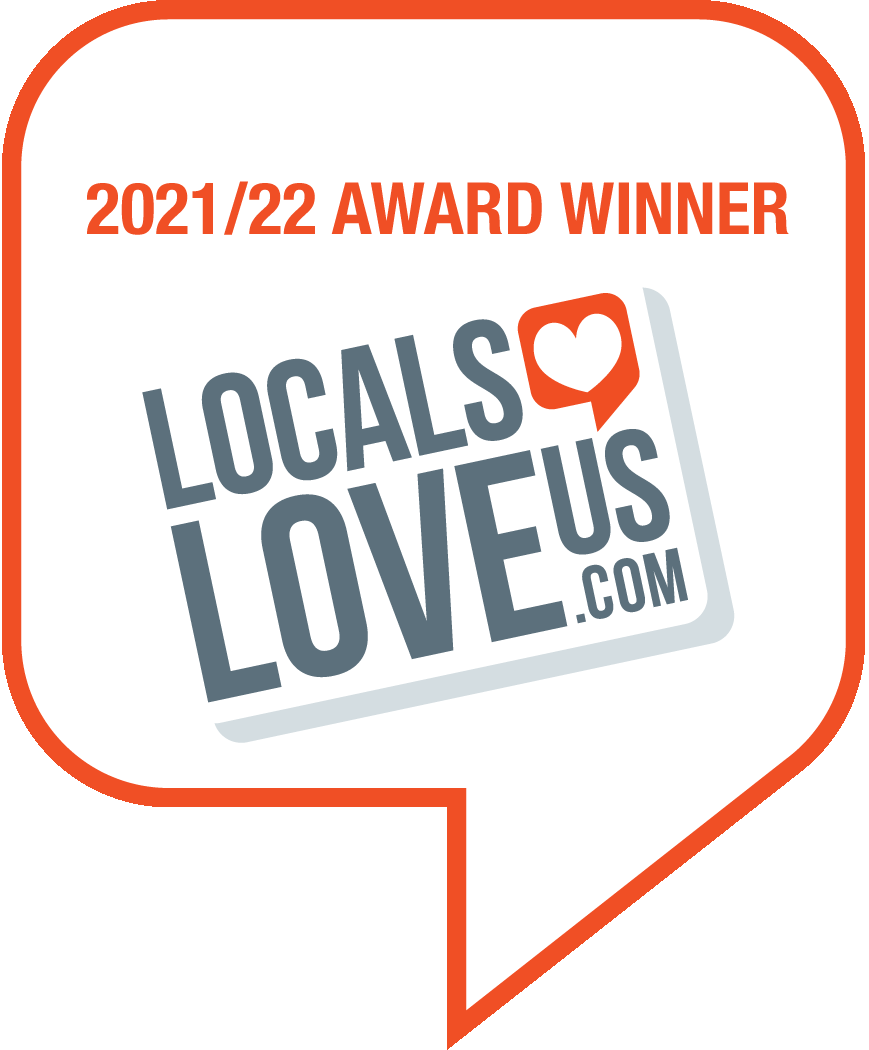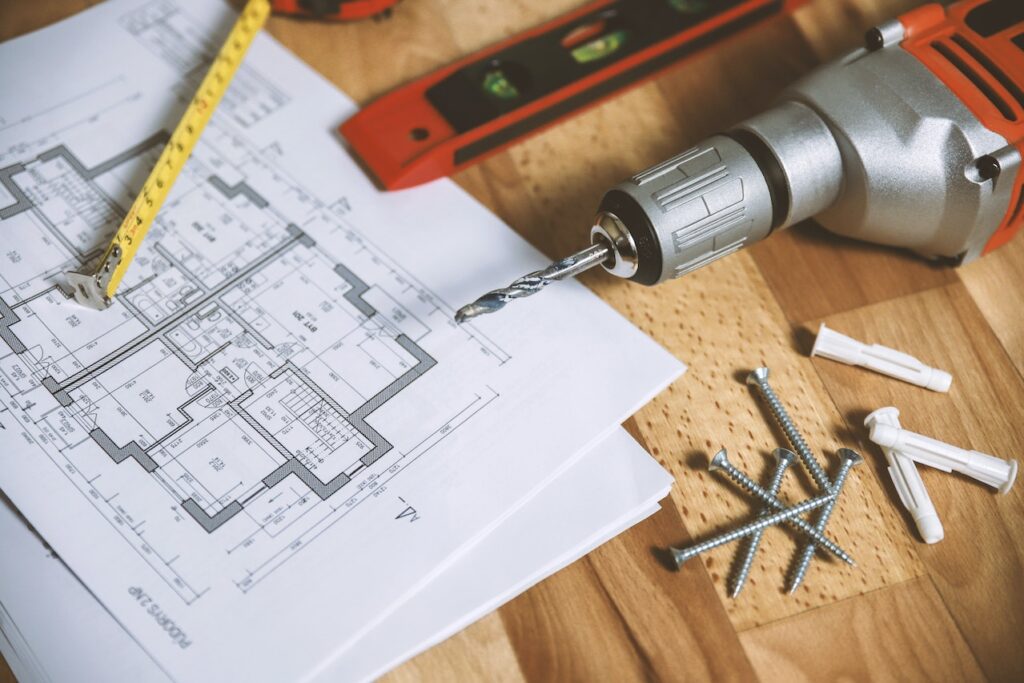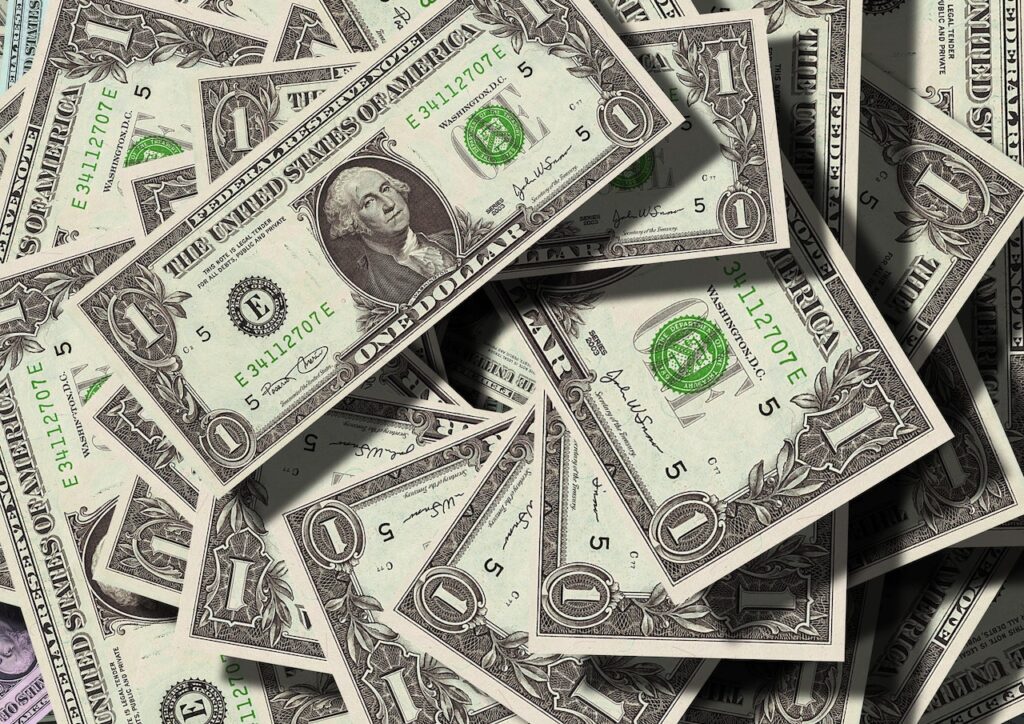If you’ve been researching investing in real estate I’m sure you’ve heard a lot about cash flow. The reason it’s talked about so often is that cash flow is the #1 most important factor in your success. This is a brief article intended to provide an overview of the high points related to cash flow and a method for forecasting cash flow for a potential new purchase.
There are a few stages in a real estate investment that have different cash flow characteristics. These include the purchase (one time typically negative cash flow), conversion (planning, construction, renovation, marketing, etc), stabilization, and redevelopment.
Purchase seems like an obvious one, but it can be more complicated than many people give it credit for. Depending on your financing choices this could be a positive or negative cash flow. I’ve closed on lots of properties and received a check either because the bank was financing the purchase and renovation, or just because the loan was larger than the purchase price.
Conversion is almost always a negative cash flow period, but can be neutral or even positive if it’s a multifamily property that was purchased occupied and your plan is to renovate units as they come available. It’s extremely important that you plan conservatively for the time the conversion will take, otherwise you might run out of cash due to carrying costs before the project is finished.
Stabilization should be the part where the cash flow really shines. There are a few markets across the country where cash flow is nearly impossible to generate in the short term, but typically in those markets the asset and rents are both appreciating at respectable rates, so the plan would be to hold it long enough for it to start cash flowing. I don’t recommend this approach for anyone other than the most financially stable investors, because it’s largely speculation rather than investment. An ideal real estate investment will have a clearly predictable cash flow (on the average) that generates a return on your investment.
Redevelopment occurs when a property is updated/renovated, converted to a different use, or even knocked down and rebuilt as something else. The highest and best use for a piece of property can change over time, and the objective in redevelopment is to reinvest into a property to boost the returns beyond what is possible in it’s current format.
To forecast your cash flows you’ll need to determine what your carrying costs, marginal tenant costs, and vacancy costs are. Carrying costs are your fixed costs or what you’ll have to pay whether the property is occupied or not. Examples of carrying costs include mortgage principal and interest, taxes, insurance, possibly utilities. Marginal tenants costs are things like management fees, repairs/maintenance, possibly a utility bill like water, etc. These are things that either only exist when a property is occupied, or increase when a property is occupied. Vacancy costs are things like make ready costs, marketing, and vacancy utilities that are only necessary when a property is vacant.
The first part of calculating your cash flow is determining your total out of pocket costs to get the property to the point where it is stabilized. This is calculated by combining your down payment, renovation costs, and carrying costs during renovation period. Always increase your expected carrying timeframe by at least 30% because these projects almost always take longer than they should. Also remember to include one month for marketing after renovation is complete.
Once you have all costs calculated you can forecast your annual stabilized cash flow by multiplying expected monthly rent x11 (one month for vacancy, which should be fairly conservative with the right pricing and marketing) and subtracting 12 months worth of carrying costs, 11 months worth of marginal tenant costs, and 1 month worth of vacancy costs. (These numbers can be adjusted if you’d like to be more conservative, but I don’t recommend being less conservative than this).
How much cash flow do I need to be targeting? That’s a great question. My current rule of thumb is that I want to generate an annual cash on cash (include down payment and out of pocket for conversion as well) return of at least 5% on class A properties, 7.5% on class B, and 10%+ on class C or below. If there are substantial renovations required prior to being able to rent out a property those required returns would increase. There are much more sophisticated ways to calculate these cash flows based on time value of money. I would highly recommend further analysis on any projects with major construction or renovations required, especially if you’re borrowing money to finance the project.
I hope this has been useful information for you. If there is anything I can explain further I’d be happy to. Don’t hesitate to reach out at kevin@kevindmay.com.
